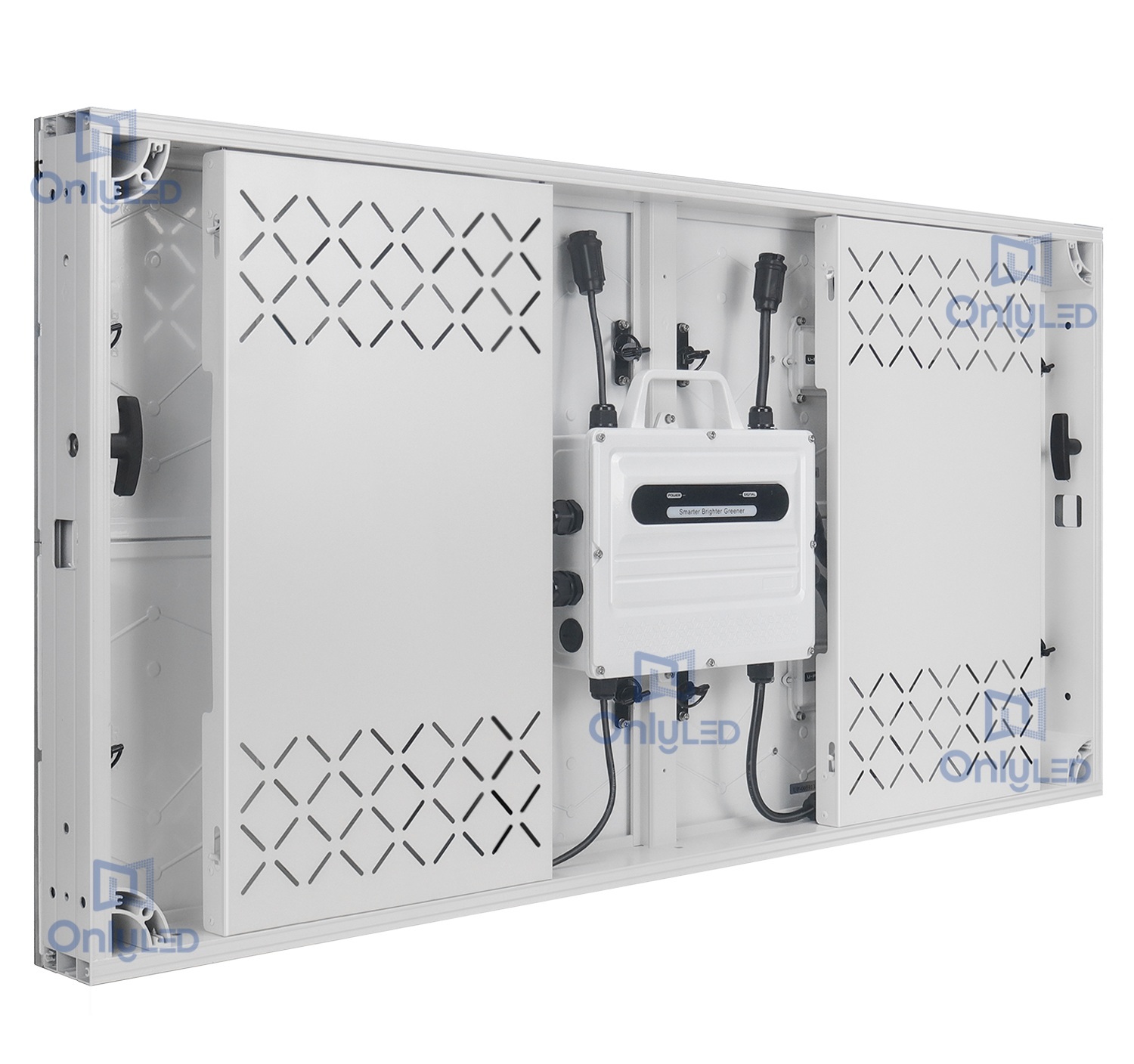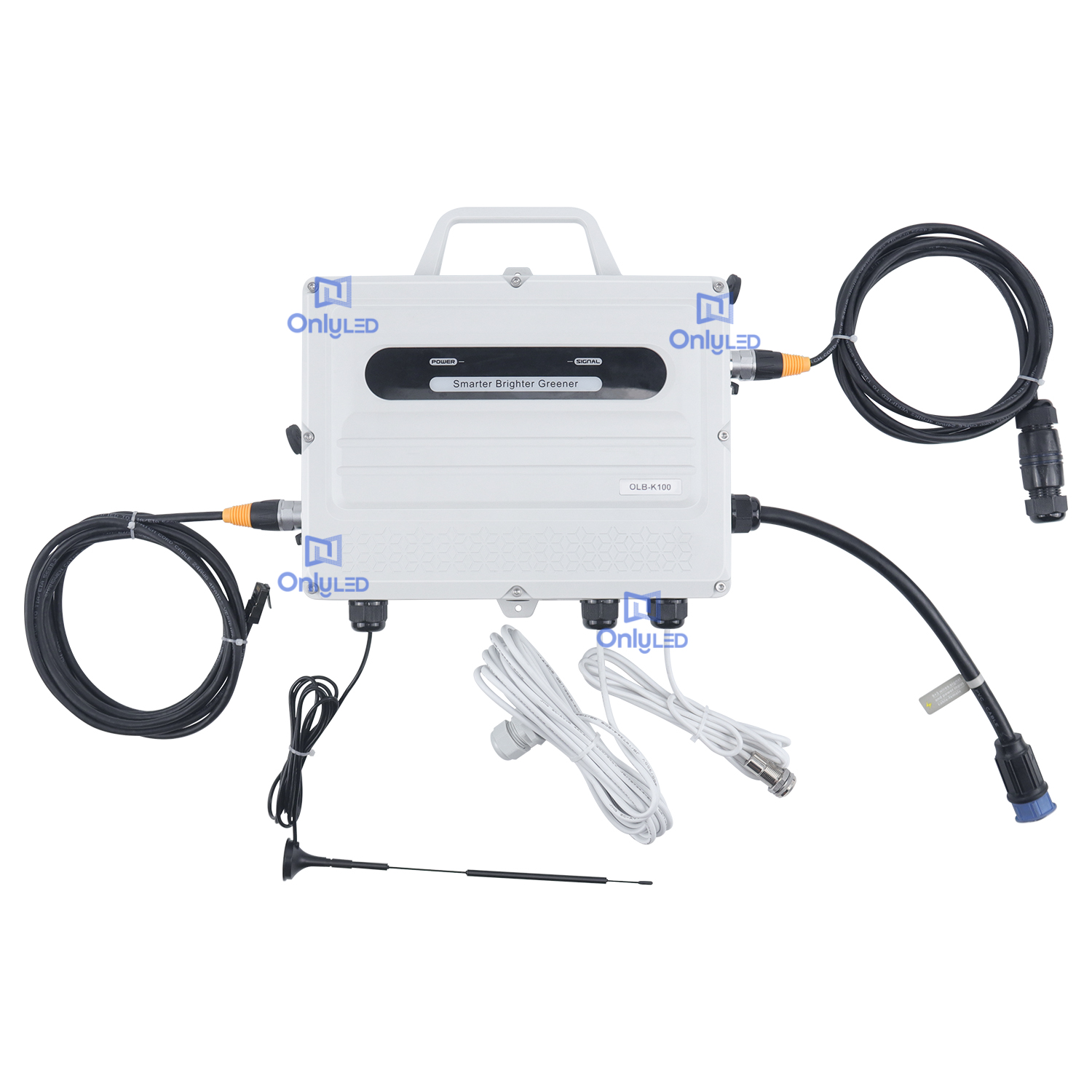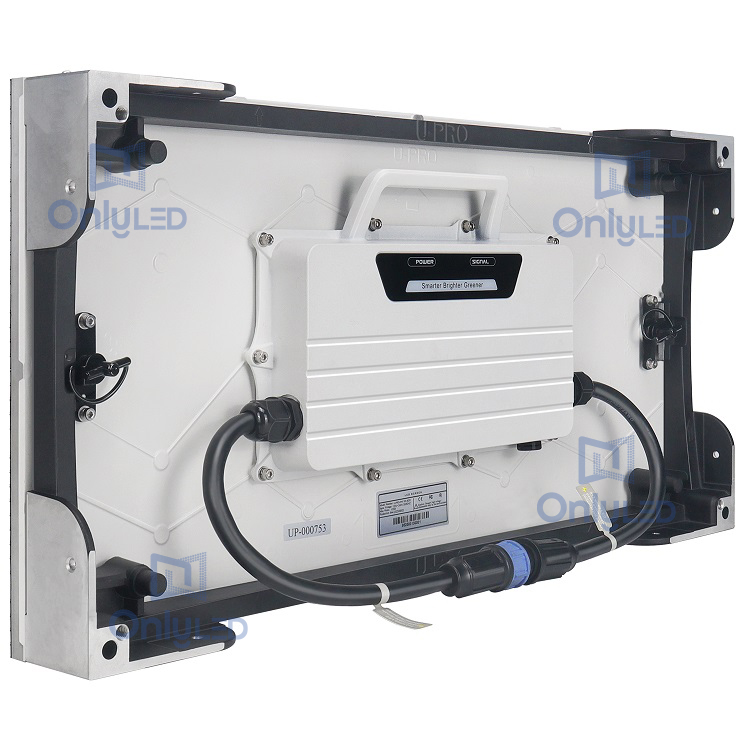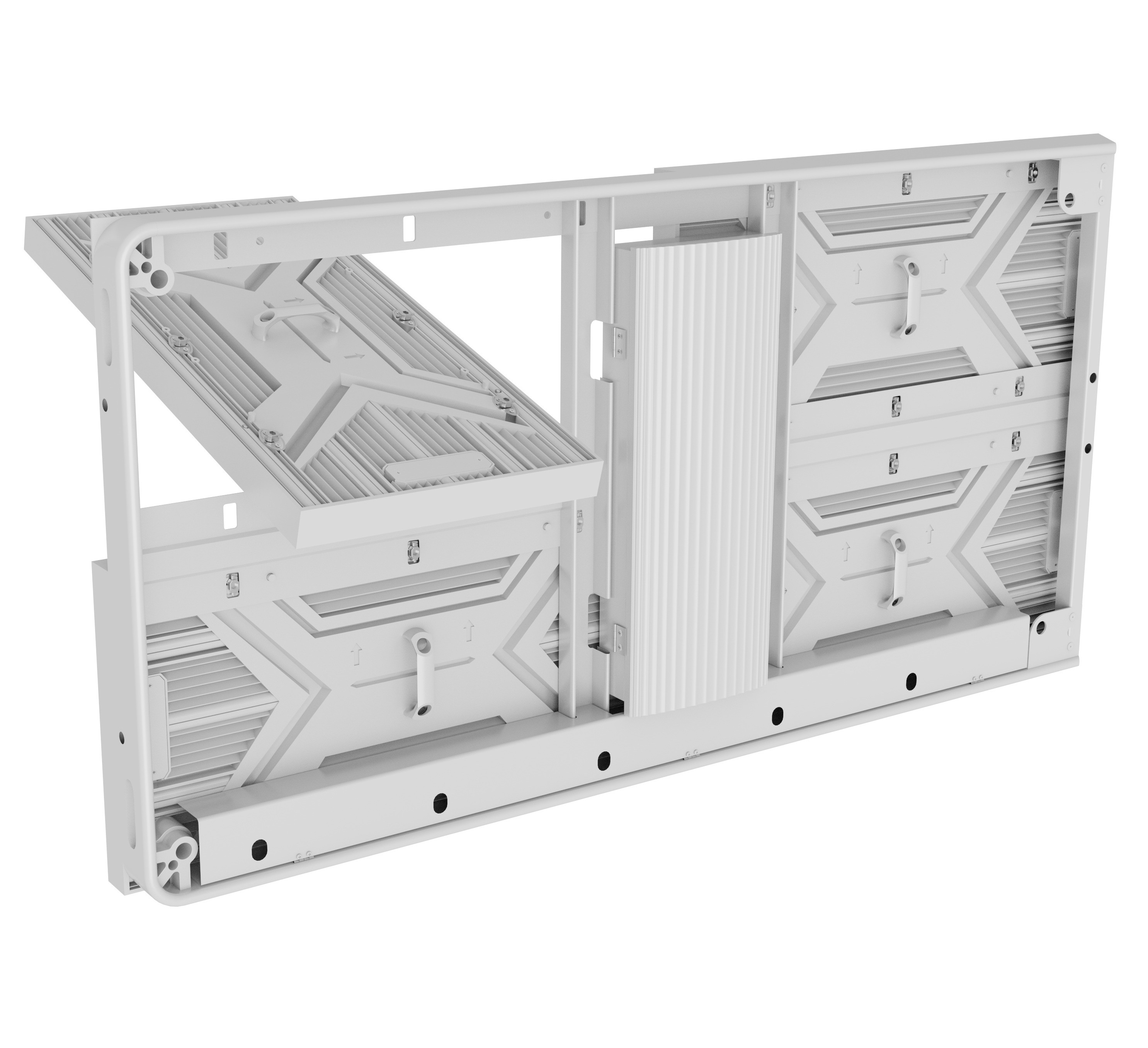Industry News
An Overview of Outdoor LED Display Technology
Outdoor LED displays have become increasingly popular in recent years due to their versatility and visual impact. These displays are commonly used in advertising, sports stadiums, transportation terminals, and other public spaces. With advancements in LED technology, outdoor displays are now capable of delivering vibrant and dynamic content, attracting the attention of a larger audience.
Analysis of Energy Consumption
Energy consumption is a critical aspect to consider when evaluating the efficiency and sustainability of outdoor LED displays. LED technology has been recognized for its energy-saving benefits compared to traditional display technologies, such as incandescent and fluorescent lighting. LEDs emit light directly, without the need for a separate light source, resulting in less energy wastage.
Specifically, the energy consumption of outdoor LED displays depends on several factors. Firstly, the size and pixel density of the display play a significant role in energy usage. Larger displays with higher pixel densities require more power to operate. Secondly, the brightness level and content displayed also impact energy consumption. Higher brightness settings and content with more intense colors tend to consume more energy.
Furthermore, the refresh rate and viewing duration affect energy consumption. Displays with higher refresh rates and longer viewing durations consume more power. It is crucial to carefully consider these factors to optimize the energy efficiency of outdoor LED displays.
Energy Saving Characteristics
Despite their energy consumption, outdoor LED displays possess several energy-saving characteristics that make them a more sustainable option compared to traditional display technologies. Firstly, LED technology allows for precise control of individual pixels, which enables dynamic brightness adjustment. By reducing the brightness in darker areas of the content, LED displays can conserve energy while maintaining optimal visual quality.
Secondly, outdoor LED displays often incorporate ambient light sensors and automatic dimming technology. These features allow the display to adjust its brightness based on the surrounding lighting conditions. By dimming the display during nighttime or low-light periods, energy consumption can be significantly reduced.
Additionally, recent advancements in LED technology have led to the development of energy-efficient display modules. These modules utilize advanced materials and improved circuit designs, resulting in higher energy efficiency and lower power consumption. The integration of intelligent power management systems further enhances energy savings by optimizing power usage based on the display's content and viewing conditions.
Conclusion
Outdoor LED displays offer a visually appealing and energy-efficient solution for various applications. By carefully analyzing the energy consumption factors and leveraging the energy-saving characteristics of LED technology, it is possible to optimize the efficiency and sustainability of outdoor displays. LED displays are paving the way for a brighter and greener future in the realm of digital advertising and visual communication.




